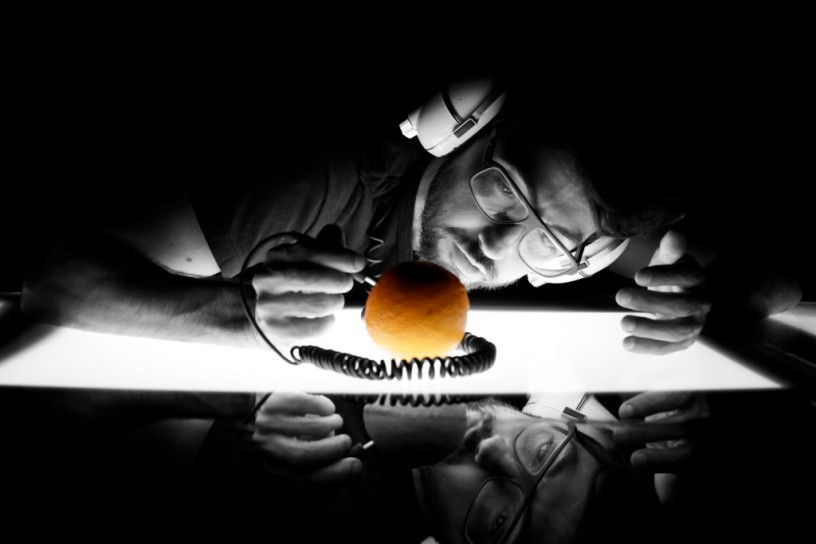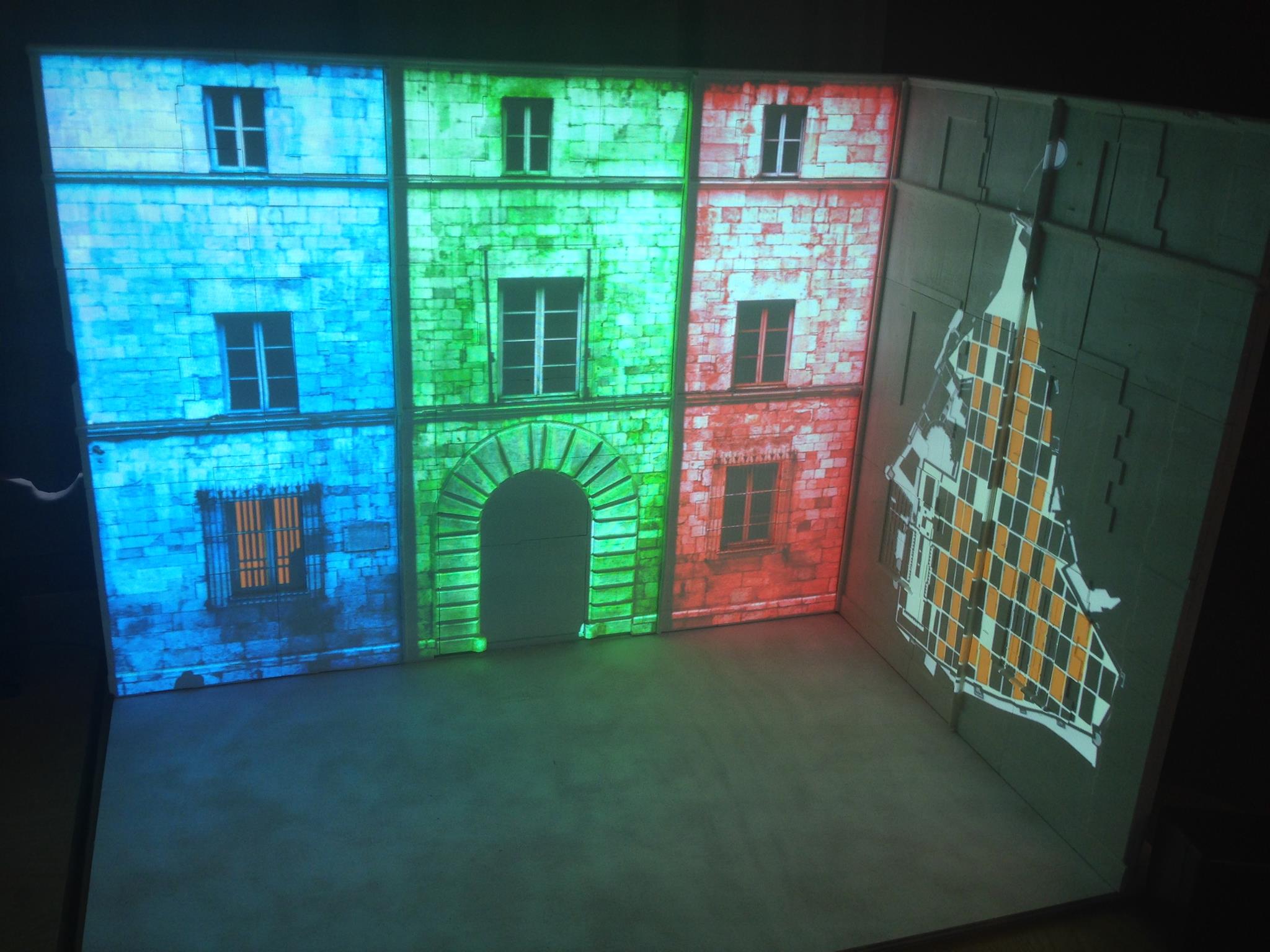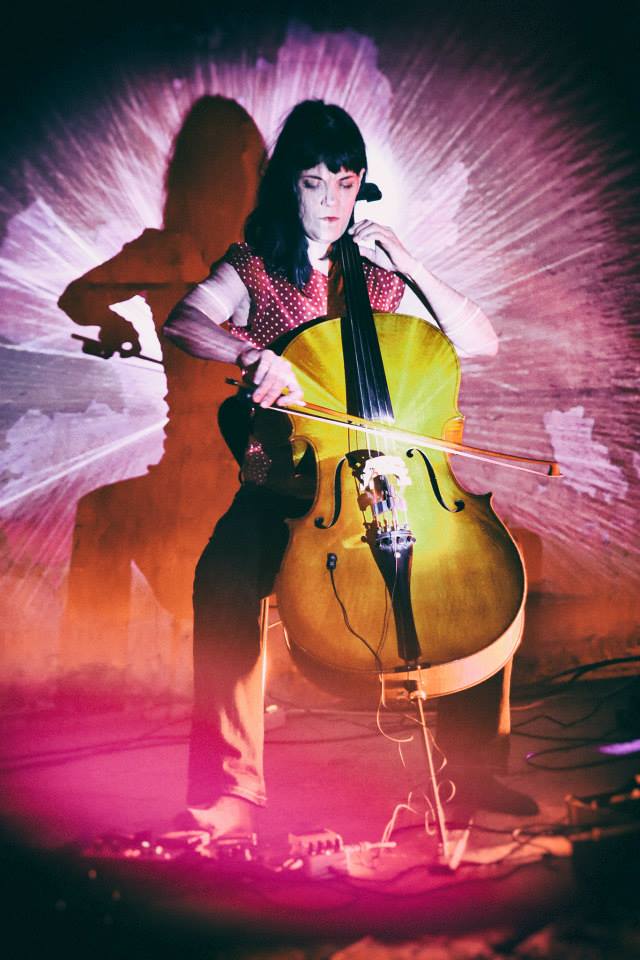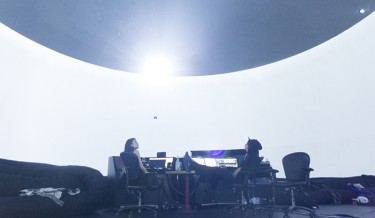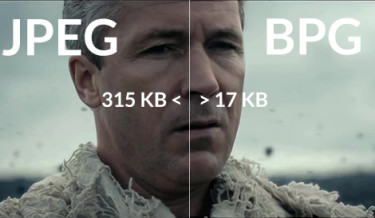Related post
Hola! MIRA Digital Arts Festival 2016 in Barcelona is coming
Oct 24, 2016
|
Comments Off on Hola! MIRA Digital Arts Festival 2016 in Barcelona is coming
2372
Nonotak Studio Take Montreal’s Satosphere Dome
Oct 13, 2015
|
Comments Off on Nonotak Studio Take Montreal’s Satosphere Dome
3861
Why BPG will replace GIFs and not only.
Nov 02, 2015
|
Comments Off on Why BPG will replace GIFs and not only.
6895

